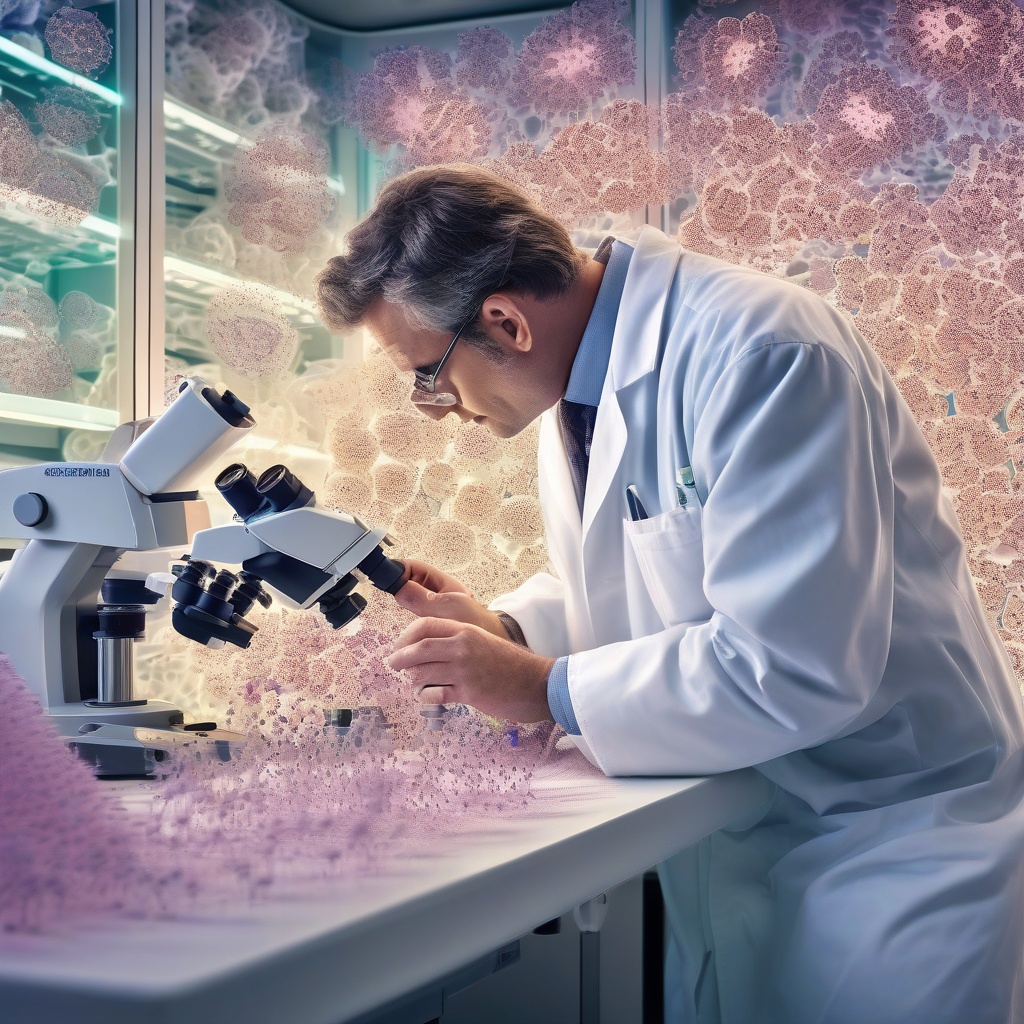Breakthrough Discovery of Gut Cells Could Revolutionize Food Allergy Treatment and Relief Options
Food allergies affect millions of people worldwide, causing a range of symptoms from mild discomfort to life-threatening reactions. For decades, histamine has been the primary target for treating allergic reactions, but a recent breakthrough discovery has revealed that a different chemical, leukotrienes, drives severe reactions in the gut. This finding has significant implications for the treatment and relief of food allergies.
The Role of Mast Cells in Allergic Reactions
Instead of histamine, a different chemical called leukotrienes drives severe reactions in the gut. These molecules, released by specialized mast cells in the gut, were found to be the primary drivers of allergic reactions, not histamine. This discovery challenges the long-held assumption that histamine is the primary culprit behind allergic reactions.
Understanding the Gut-Brain Connection
The gut and brain are intricately connected, and research has shown that the gut microbiome plays a crucial role in immune system function and allergic reactions. The gut is home to a diverse community of microorganisms, known as the gut microbiome, which helps to regulate the immune system and prevent overactive responses to harmless substances. In people with food allergies, the gut microbiome is often disrupted, leading to an overactive immune response to specific foods.
The Science Behind Leukotrienes
Leukotrienes are a type of eicosanoid, a group of signaling molecules that play a crucial role in inflammation and immune responses. They are produced by mast cells, a type of immune cell found in the gut, and are released in response to the presence of allergens. Leukotrienes cause blood vessels to dilate, smooth muscle to contract, and mucus production to increase, leading to symptoms such as abdominal cramps, diarrhea, and difficulty breathing.
Implications for Food Allergy Treatment
This breakthrough discovery has significant implications for the treatment of food allergies. Current treatments, such as antihistamines and corticosteroids, target histamine and other inflammatory mediators, but are not always effective in preventing severe reactions. The discovery of leukotrienes as the primary drivers of allergic reactions in the gut suggests that targeting these molecules may provide a more effective treatment option.
New Treatment Options on the Horizon
Researchers are already exploring new treatment options that target leukotrienes, including leukotriene modifiers, which block the production of leukotrienes or their receptors. These treatments have shown promise in reducing symptoms and preventing severe reactions in people with food allergies. Additionally, researchers are investigating the use of probiotics and prebiotics to modulate the gut microbiome and prevent allergic reactions.
Conclusion and Future Directions
The discovery of leukotrienes as the primary drivers of allergic reactions in the gut is a game-changer for the treatment and relief of food allergies. As research continues to uncover the complexities of the gut-brain connection and the role of leukotrienes in allergic reactions, we can expect to see new and innovative treatment options emerge. With further study and development, it is possible that we may one day see a significant reduction in the prevalence and severity of food allergies, improving the lives of millions of people worldwide.
Sources:
- Science Daily: Breakthrough Discovery of Gut Cells Could Revolutionize Food Allergy Treatment and Relief Options
In conclusion, the discovery of leukotrienes as the primary drivers of allergic reactions in the gut is a significant breakthrough in the field of food allergy research. As we continue to explore the implications of this finding, we may uncover new and effective treatment options for those affected by food allergies.



